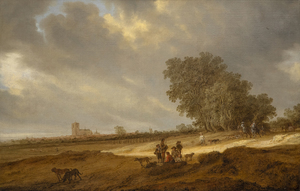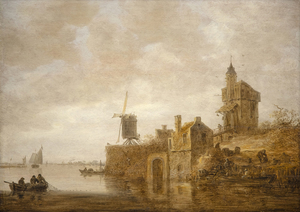25年多来,我们画廊的使命是提供丰富的、个性化的、可获得的美术服务。我们的科莫湖顾问,由苏-金领导,是一系列国际扩张的最新举措,使我们能够更好地与客户联系。
-詹姆斯-卡罗纳,希瑟-詹姆斯美术公司的共同创始人和共同拥有者

SUE KIM
美术顾问
加州旧金山和意大利科莫湖
Sue Kim为Heather James Fine Art带来了超过30年的多样化艺术和奢侈品经验。她曾在旧金山、纽约、香港和新加坡等多个城市的美术、摄影、室内和产品设计、建筑、房地产和酒店领域工作。她能说意大利语和法语会话。苏在哥伦比亚大学巴纳德学院获得东亚艺术史学士学位,并在帕森斯设计学院获得室内设计应用科学副博士学位。
苏在旧金山和科莫湖之间分配她的时间。
我对一切意大利事物的热情始于在哥伦比亚大学巴纳德学院学习艺术史时,同时在纽约市结识了一群令人兴奋的米其林星级酒店业的年轻意大利人,他们至今仍是我的朋友。
我给自己的毕业礼物是去拉文纳参观4个月,那里是意大利第一个拜占庭式的首都,到处都是我刚刚研究过的著名的中世纪马赛克。我沉浸在文化的方方面面,并开始用语言交谈,以至于我确信,我在前世就是意大利人!"。
许多年后的2002年,我有特别的机会帮助酒店设计师亚当-蒂哈尼在米兰家具展(Salone Internazionale del Mobile)上策划GrandHotelSalone,这是一个4000平方米的全功能精品酒店的复制品,结合了理查德-迈尔等世界级建筑师的 "未来酒店房间 "设计,每一个都与意大利领先的制造商如B&B Italia配对。
因此,现在在2022年,在科莫湖建立Heather James Fine Art的第一个意大利顾问公司,可以近距离接触整个欧洲,对于这个欧洲爱好者和艺术爱好者来说,是一个梦想成真的机会。
-Sue Kim
HEATHER JAMES FINE ART - LAKE COMO 是欧洲客户的宝贵资源,为大量的财产提供了广泛的支持和帮助。在Heather James美术专家的帮助下,我们的美术顾问能够协助您收购、退让或评估艺术品。
我们提供广泛的基于客户的服务,包括艺术品收购和销售、收藏管理、评估、物流管理和金融服务。
在新闻中
服务
了解我们
画廊
172 Center Street, Suite 101
P.O. Box 3580
Jackson Hole, WY 83001
(307) 200-6090
时间。通过预约

















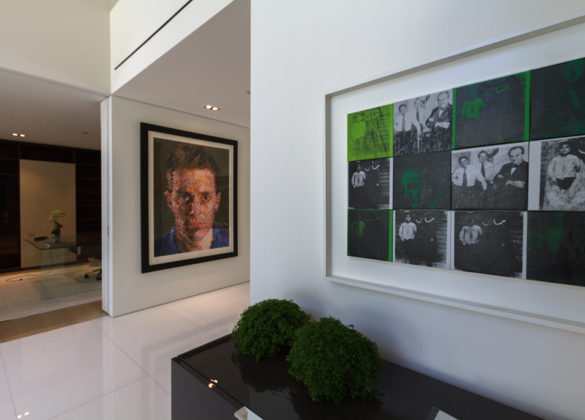
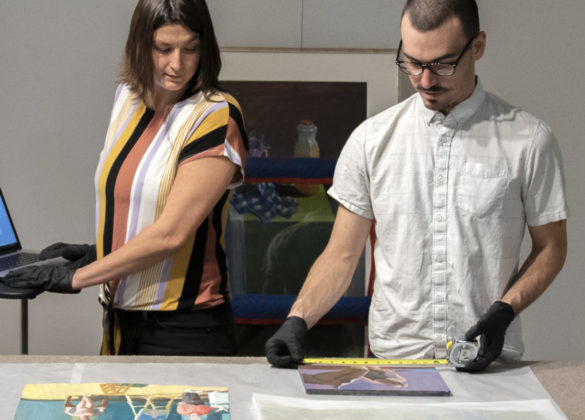










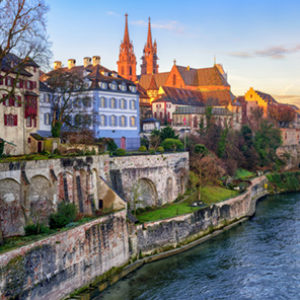

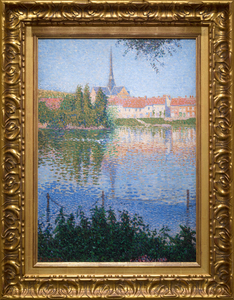
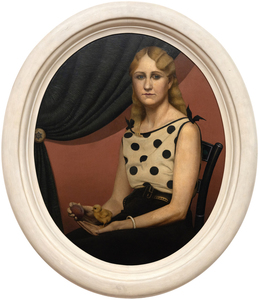
,_new_mexico_tn40147.jpg )
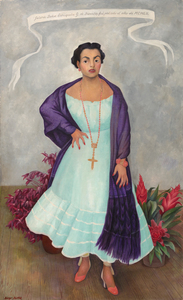
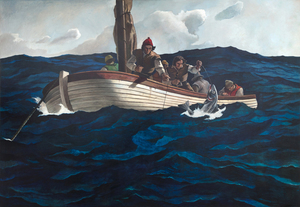
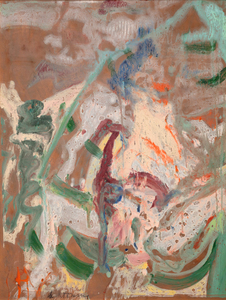
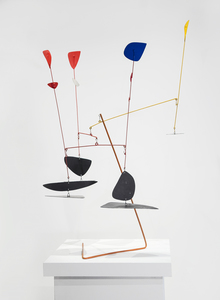
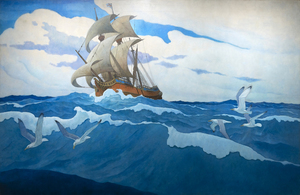
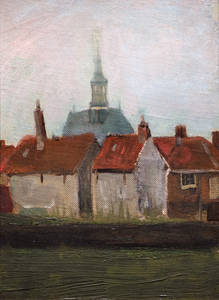
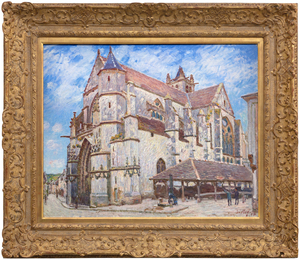
_tn45742.jpg )
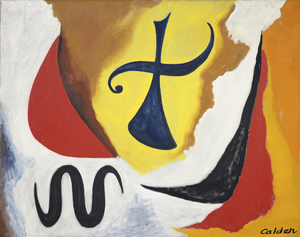
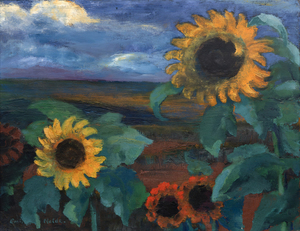
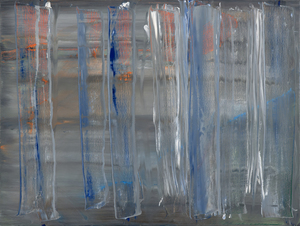
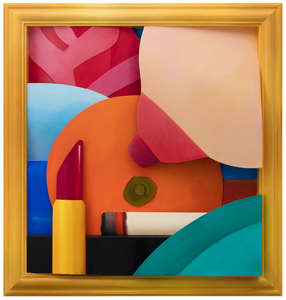
_tn45734.jpg )
_tn45731.jpg )
_tn45741.jpg )
_tn43950.jpg )
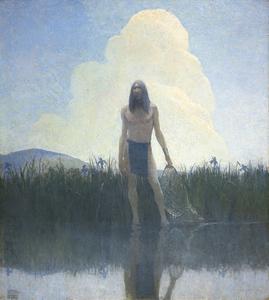
_tn45739.b.jpg )
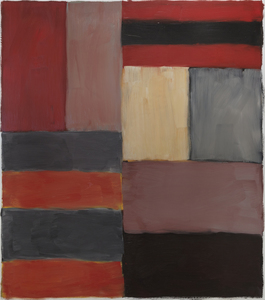
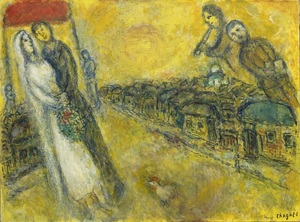
_tn45733.jpg )
_tn40169.jpg )
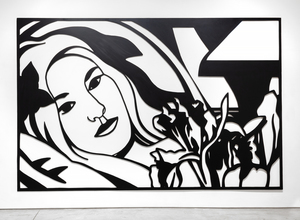
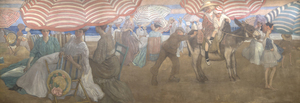
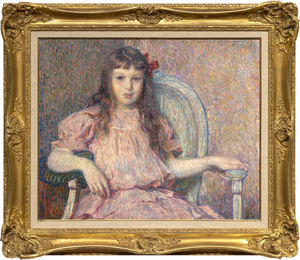
![SIR WINSTON CHURCHILL-View of Loch Choire (C 51) Painted while staying at Dunrobin Castle, the estate of the Duke of Sutherland, Churchill chose to set his easel behind a tree where he likely thought of it as a framing device, adding a layer of depth, creating a stronger sense of foreground, middle ground, and background, enhancing the three-dimensionality of the picture. Churchill painted at both Dunrobin as well as the Duke’s Sutton Place estate, later the home of John Paul Getty.<br><br>As Mary Soames describes it in her book, Winston Churchill, His Life as a Painter, “1921 had been a year of heavy personal tidings” for Churchill and his family, as he lost both his mother, Jennie Cornwallis-West, and his beloved child, Marigold, aged nearly four. In a letter to his wife Clementine, Churchill wrote, “… Many tender thoughts, my darling one of you and yr sweet kittens. Alas I keep on feeling the hurt of the Duckadilly [Marigold’s pet name].” That Churchill chose to stay with the Duke and Duchess at Dunrobin just after Marigold’s death speaks to their close friendship and his fondness for the area, including Loch Choire. It is no surprise that Churchill gifted the painting to the Duke of Sutherland](/Art_Images/Small/sir_winston_churchill_view_of_loch_choire_(c_51)_tn45743.jpg )
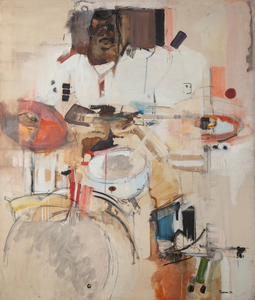
_tn45732.jpg )
_tn27035.jpg )
_tn45736.jpg )
![SIR WINSTON CHURCHILL-The Library of Sir Philip Sassoon's House at Lympne (C 19) Churchill counted as both a friend and political ally, Phillip Sassoon – one of Britain's great hosts, cousin of famed poet Siegfried Sassoon, and the man upon whom Noël Coward crowned "a phenomenon that will never recur”. Sassoon and his sister Sybil were among Winston and Clementine’s great friends. As described by Lady Soames in her book, “Philip Sassoon was a man of charm and distinction, and he dispensed princely hospitality to a brilliant and varied circle of friends at his two country houses, Port Lympne and Trent Park. He made a remarkable collection of works of art. Winston received much help and encouragement from Sassoon, and painted many pictures of both his house and gardens. One of the ways in which Winston taught himself to paint was by copying pictures he admired. With his large and varied collection, Sir Philip was able to be of help in this way, too, and Winston studied and copied quite a number of his friend’s pictures. Sassoon was a friend and patron of John Singer Sargent, and owned many of his works. Winston admired several of these, and found them highly instructive; in 1926, [less than two years before this painting was created] Philip Sassoon wrote Winston this note, which accompanied a generous present and a helpful loan:<br><br>My dear Winston,<br><br>You have often admired the picture of John Lewis Brown of the two horsemen that hung at Trent, so I am sending it to you with my best wishes in the hope that you find a corner for it at Chartwell. I am also sending th little Sargent picture wh you asked for. He painted it when he was 18!”<br><br>One is struck by Sassoon’s generosity, and can see in later works how his close study of Sargent influenced Churchill.](/Art_Images/Small/sir_winston_churchill_the_library_of_sir_philip_sassoon's_house_at_lympne_(c_19)_tn45745.jpg )
